Hello! I am excited to be part of Baum-Kuchen’s June newsletter. Especially during the summer when our thoughts are ripe with planning trips, getting away, relaxing, and having adventures. Today, I’d like to share a story of my trip to Spain to walk the Camino de Santiago, or perhaps, more appropriately, a journey.
To prepare for this months newsletter, I thought a lot about what makes a journey so different from a trip. The 'Internet' tells me that a journey is having a greater sense of the unknown. A journey is an adventure. A journey is a long timeframe. A journey implies difficulty or unpleasantness. Indeed, it may be all these things, but I think, the crux of a journey, is transformation. Not the kind of transformation that alters a fleeting mood, but a transformation that moves your inner gut and fiercely changes the way you see things. I am reminded of the wonderful Max in Where the Wild Things Are, the anthropomorphized Buck from Call of the Wild, Pi Patel adrift in the Pacific Ocean in Life of Pi and also the old mythical Beowolf and Odysseus whose epic journeys yielded a window into a brand new world.
I liken that many journeys, like good stories, have a narrative structure. There’s an introduction, a rising action, a climax and a resolution. Hope you enjoy the story of my walk.
-Angie
The Camino de Santiago (or, the Way of St. James) are pilgrimage routes to Santiago de Compostela where apostle St. James is rumored to be buried. Camino Frances, one of the main routes is a 500-mile, 30-40 day pilgrimage that starts just over the border of Spain in St. Jean Pied de Port, crossing northern Spain and ending at the Santiago de Compostela.
Pilgrims have been walking the route since the 11th-12th century, and considered one of the most important pilgrimages during the medieval times. In the past, the pilgrimage served as a religious phenomenon, but today, many walk the Camino for different reasons (religious and non-religious). In Spain, "El Camino de Santiago" is also used to reference the Milky Way. According to legend, the "Milky Way was formed from the dust raised by traveling pilgrims. Compostela itself means 'field of stars.'
Lightly trace the Camino route with your fingertips, and it will brush against the Pyrenees, a steep rolling expanse dribbled with wild horses and sheep—a Hemingway dream...
Through the mountainous vast of Navarra...
Into La Rioja, the wine region full of thick vineyards...
Castilla y Leon and its endless horizon...
Lastly, into the wet luscious regions of Galicia— a place of myths and folklore.
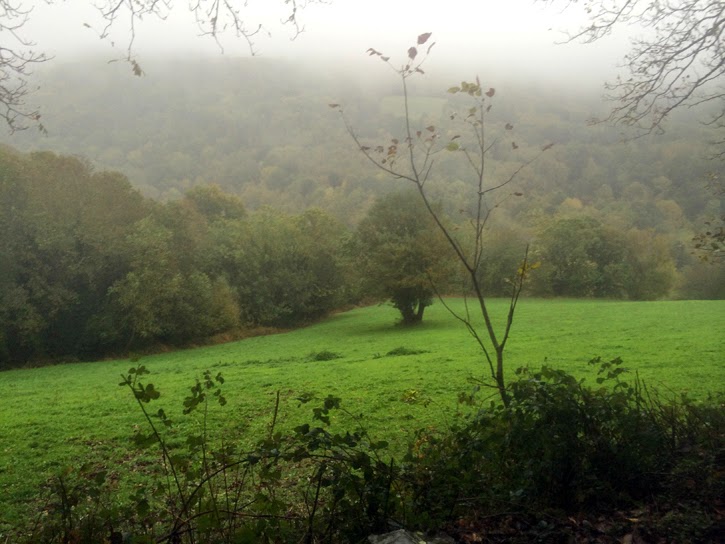
Perhaps preparing is half the battle. I spent the first week madly scouring forums and sites to put together a meticulous packing list of things I’ve never heard of and the second week furiously shopping in stores I’ve never set a foot in. I set aside many things to reduce the pack weight. In the weeks to come, I would shed more things (along with many other pilgrims) on the road, and begin to grasp the value of simplicity. In extremities, it becomes more clear that you don't need much to be happy. An adage as old and true as time.
It took a long plane ride and multiple train transfers to get to the city of St. Jean Pied de Port, a small beautiful town in the south of France. The pilgrim offices are located there, where you receive your pilgrim’s passport (a document that is used to trace your progress along the route) which is required to stay in albergues (more on this later) and collect stamps along the route.
The first day of walking is considered the most difficult, as you tackle the grand Pyrenees. It is tough, steep and unrelenting. But my memory of its immensity, its romance and its breathtaking view prevails above it all. Many people I met on the first day would become a permanent presence on the road to Santiago, and a gracious friend after a long day— people I grew to love quickly and boundlessly.
Often you are reminded of all the other pilgrims that have walked the same path centuries and centuries ago. Once upon a time, when there were kings, queens, conquests and the fierce belief in the higher being. Those who suffered and experienced great joy, just like you. There is a power to retracing footsteps that transports us into the past and connects you to others. These roads have lives and they are witness to things.
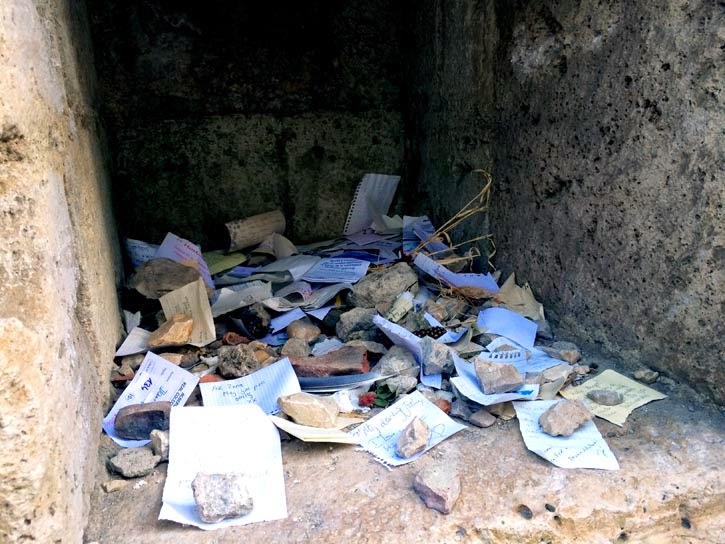
A constant experience we had, was seeing a remote village from a distance, approaching the village, walking through the entire village, and then finally looking back at the village— a "future, present, past" scenario captured over and over again. It is a road metaphor that is hard to forget. My memories are mostly damp with the eager anticipation of walking towards a new village and the bittersweetness I felt looking over my shoulders at the disappearing edges— more rare, are the memories walking through them. I think about this scenario often, and am reminded constantly that I should spend less time looking towards the far future, and less time looking back, but more time in the present— appreciating it and living it.
Early on, thoughts are littered by the approaching destination, the circumstances that brought you on the road, the food, the want for rich showers, and the pain. I spent a lot of time thinking about pain, because walking wasn't easy for me. I was obsessed with the tightness of my shoelaces, the dryness of my socks, the wailing knees, and the moistness of the vaseline that I slathered onto my feet each morning. I woke up early every morning to go through an extensive foot ritual (my favorite store in Spain, to this day, is the Farmacia). For me, pain was an important part of the journey. It reminds me of something Jaime, a fellow pilgrim, said—"pain is inevitable, misery is optional, but joy and healing are available." This is true—on the road and off the road.
Slowly and overtime, after exhausting thoughts and conversations, walking the long distances become meditative. There is more presence and mindfulness in each step that you take. You begin to find your own rhythm and your own way. Sometimes you have to let people walk ahead of you, sometimes you have to walk ahead of them—but the best peace comes when walking at your own pace (on the road and off the road). It is true, that our emotional, physical and mental states are unequivocally linked in a deeply complex way—and that experience is unique and personal to each person.
Many pilgrims ebb and flow beside you as you walk. In a way, they are the Camino and what makes the experience tremendous. You are bounded together by the road with all its joys and sufferings. They are as colorful as the rainbow, kind as saints, and come from all over the world—each with an unique reason for being on the road. There are pilgrims who survive off donations, pilgrims who walk without shoes, pilgrims who hitch-hiked across multiple countries to get to the path, and some pilgrims who have been walking from the doorsteps of their home in Holland. They are vagabonds, business owners, students, psychics, retirees, professors, priests, etc. They are incredible people.
They are also the ones who cared for you at the end of a long rough day, made you laugh till you cried tears, boiled eggs for you in the morning, gave you massages and treats along the road, and selflessly provided you with so much affection. The pilgrim community is a remarkable experience— the love and respect felt amongst the Camino family is indescribable and something I deeply cherish.


Each evening, the day would end at an albergue, a pilgrim hostel along the Camino usually run by hospitaleros, monks, private owners, or even the local parish. I stayed in albergues that housed hundreds of pilgrims in dormitory-style bunks, but have also slept on the old wooden floors of rooms that accommodated just five. Here, we cook together, drink wine, rest our feet and enjoy each others company.
One of my favorite experiences was at an albergue in the magical city of Granon. On the road, I heard word that it was a place that shouldn't be missed and I remember pushing hard for several more miles to get there. Indeed, it was everything and more. This donation-based albergue was located in the attic and tower of the local Romanesque church and run by Parish volunteers. The evening was a collection of incredible moments—communal dinners, blessings at mass and a evening candle vigil.



I arrived into Santiago on a Sunday afternoon after 32 days of walking. Arriving in front of the cathedral is a blender of emotions—unbelievable happiness, relief, disbelief, gratitude, and also deep sadness. We spent a lot of time celebrating, and thinking back on the long road that brought us there.
Legend has it that the body of Apostle James was brought to Galicia and the cathedral was built over the spot where his remains were found. Every day at noon, there is a service for the pilgrims inside the cathedral. If you're lucky, you get to experience the "cleansing" from the botafumeiro, a incense burner (weighing 116 pounds) that was used as a purifying element for the tired and unwashed pilgrims back centuries ago. It was also believed that the smoke from the incense had a prophylactic effect during the time of plague and epidemics (Video example of botafumeiro). It is an indescribable feeling to stand inside the cathedral with a crowd of pilgrims—and to think about all those who have entered the cathedral after a long long journey for thousands of years.

At the end of the Camino, Finisterre is the final destination for many pilgrims after reaching Santiago. Some walk (90 km, 3 days), but I decided to take a car for a beautiful ride along the coast with a few friends I made along the road. "Finisterre" derives from the Latin name Finisterrae, which literally means "Land's End." Many people believed that this was the edge of the world, where the sun died and the worlds of the dead and living became closer.
As tradition, we went to burn our boots, clothing, etc. as a closure to our journey and to give thanks to this long, strange, difficult and beautiful experience.




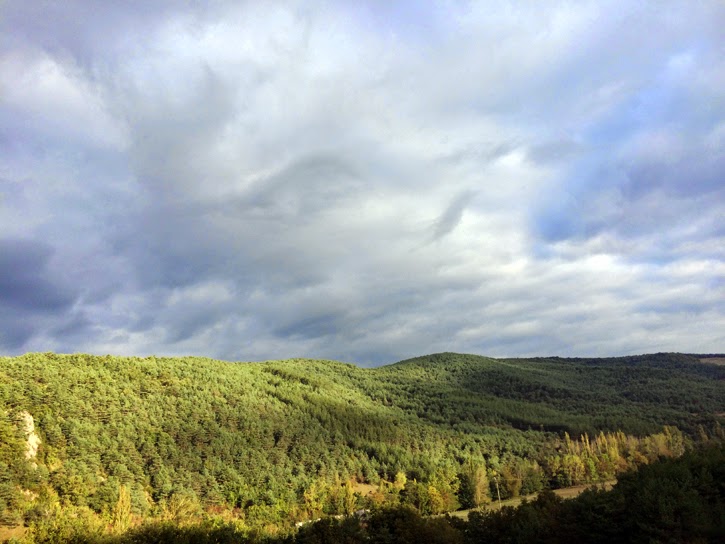
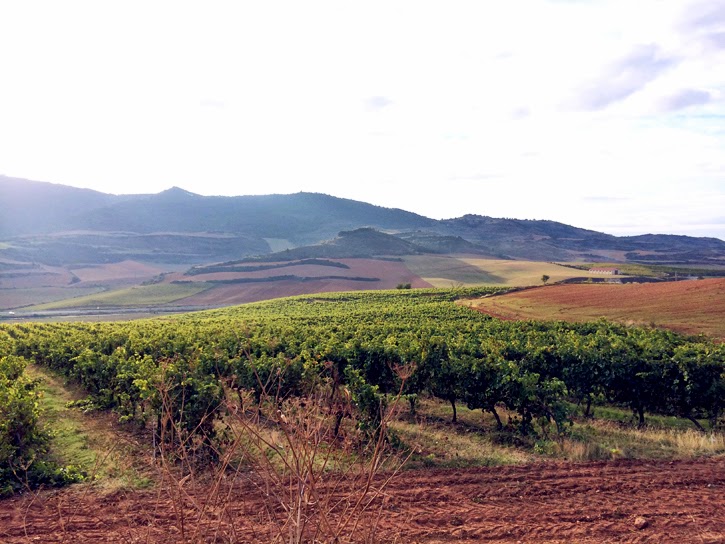



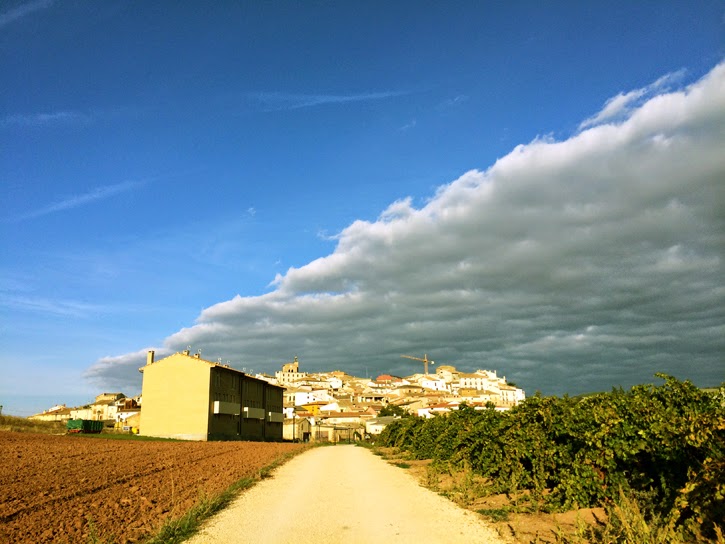
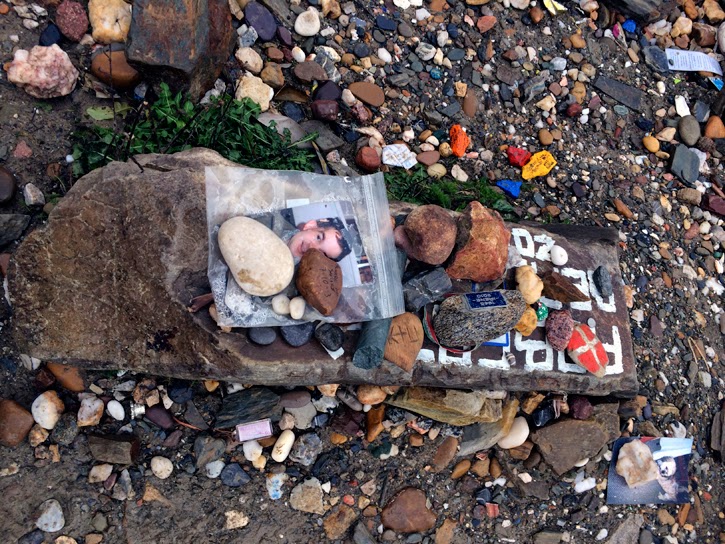




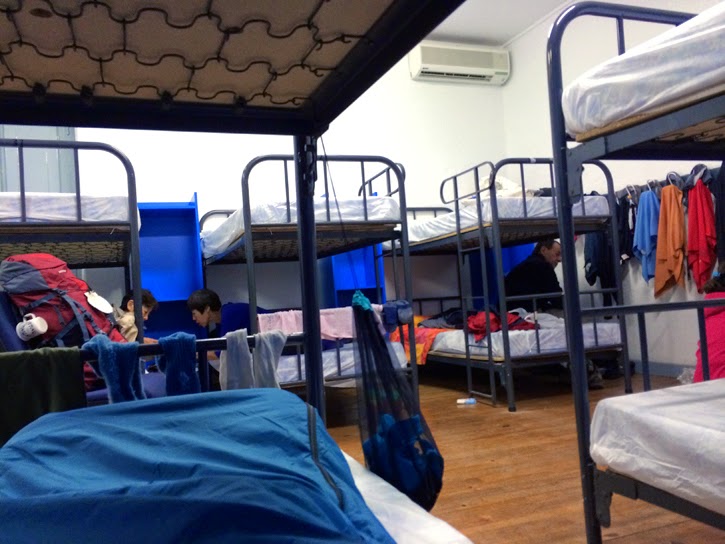





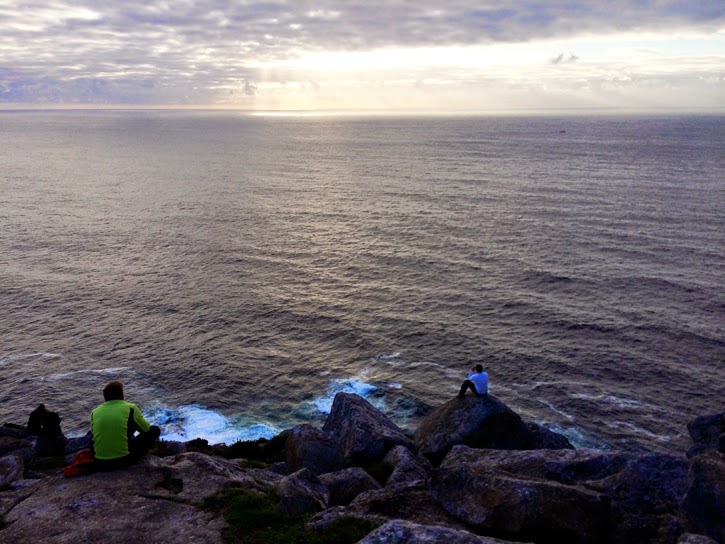

0 comments